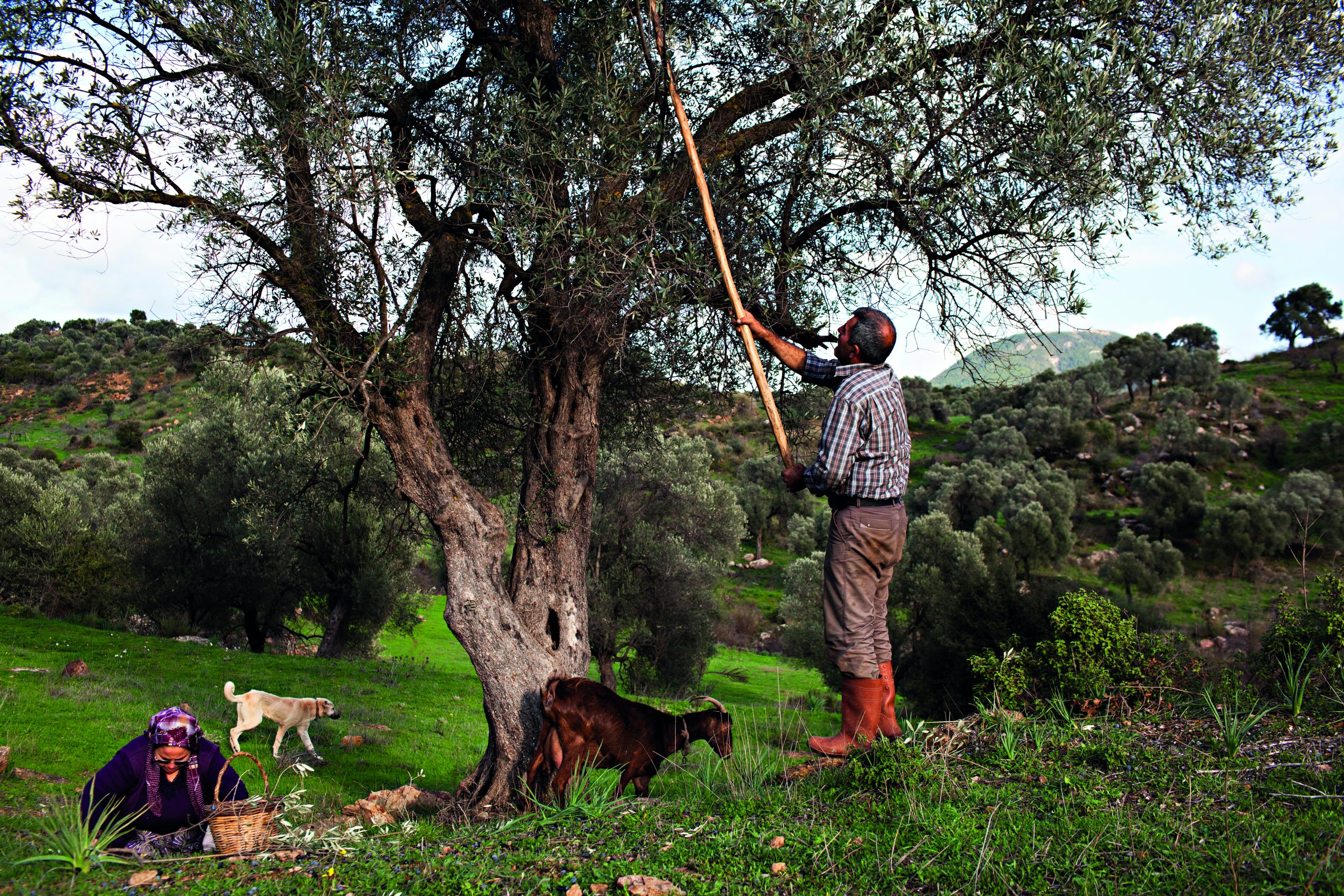
Photographer: Tijen Burultay
Ancient Olive Landscapes in Turkey’s Western Mediterranean: Sustaining Biodiversity and Cultural Heritage
In the heart of Turkey’s Western Mediterranean region lies a landscape that has shaped civilizations and nurtured biodiversity for millennia. These ancient olive landscapes, characterized by their anthropogenic origins, are not just agricultural spaces but thriving ecosystems that support a remarkable array of plant and animal life. Spanning across 25 Key Biodiversity Areas (KBAs) in western Turkey, these landscapes are home to 18 globally threatened species, including iconic animals like the Caracal, Jungle Cat, and Wild Goat, all of which are facing challenges in the broader Mediterranean Basin.
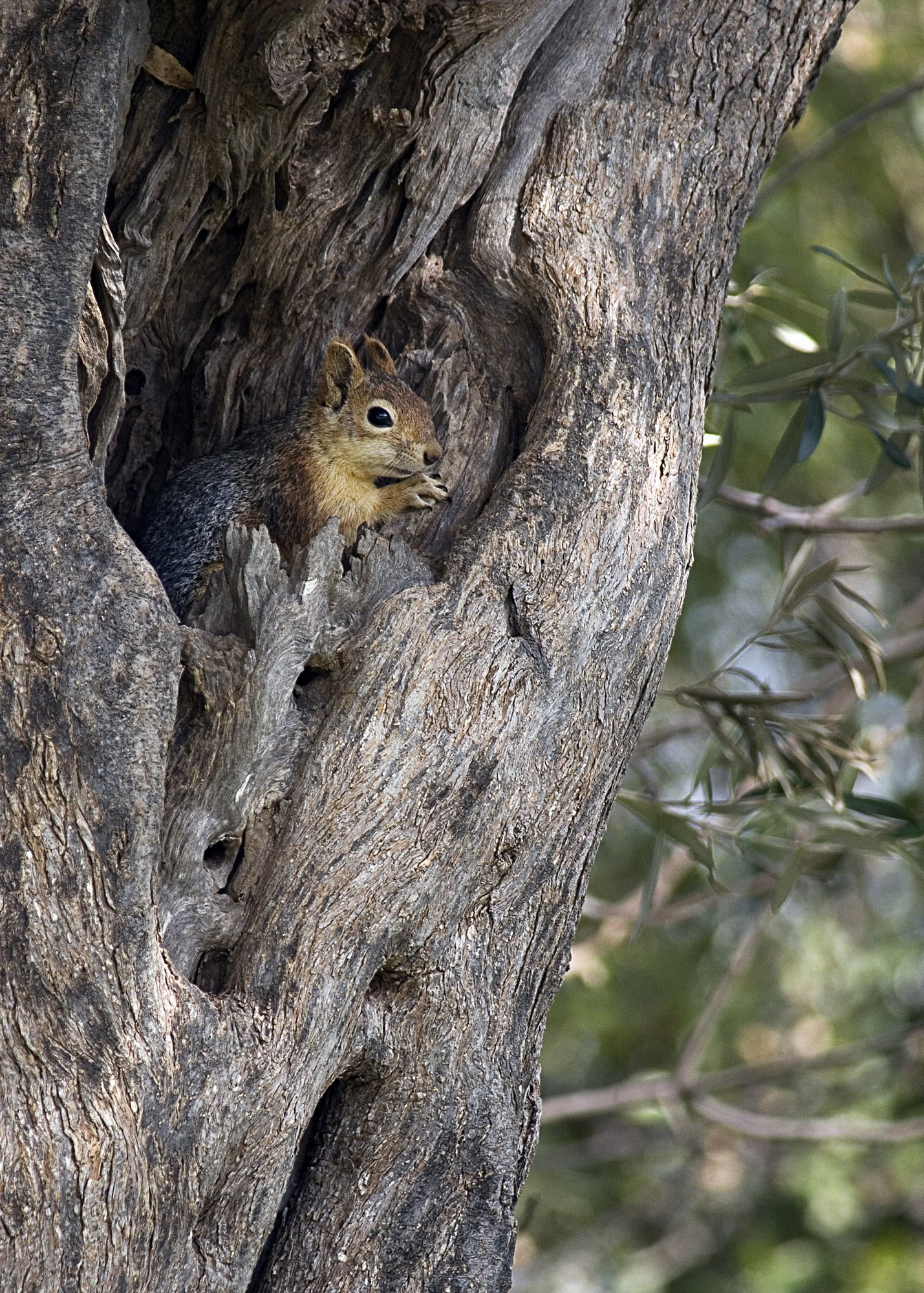
Ancient Olive Landscapes offer living space to many animals and plants. Caucasian Squirrel Sciurus anomalus.
Biodiversity Hotspot and Cultural Heritage
The biodiversity richness of these landscapes is a testament to the harmonious coexistence between human activities and natural ecosystems. Over centuries, traditional land-use practices have been integral to maintaining this delicate balance. One of the distinguishing features of these olive landscapes is the method of olive cultivation itself—grafting onto wild olive trees rather than planting new ones. This practice not only preserves the genetic diversity of olive trees but also provides habitat and food for a variety of species adapted to these ancient groves.
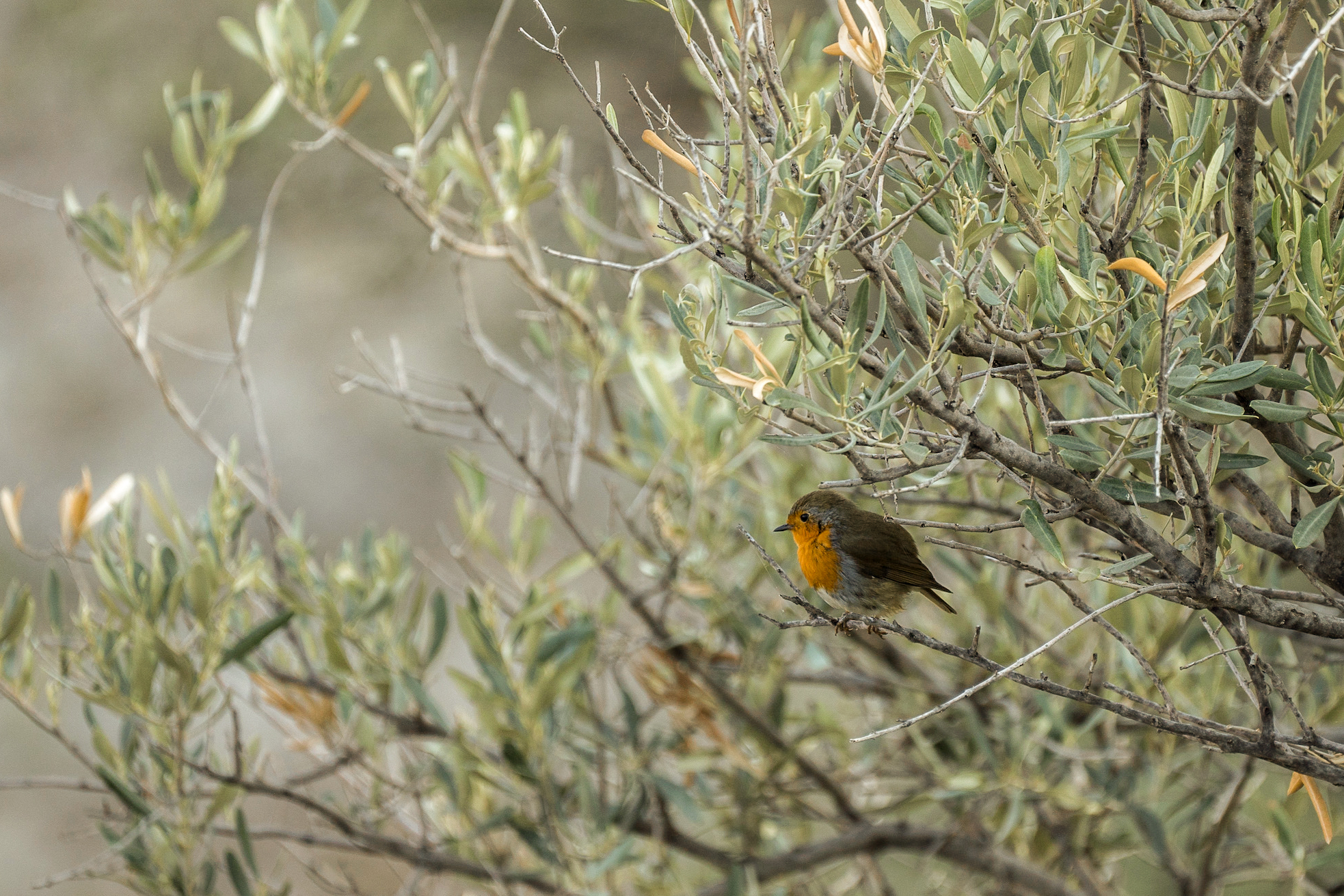
European Robin Erithacus rubecula
Threats to Ancient Olive Landscapes
Despite their ecological and cultural significance, these landscapes face increasing threats in the modern era. Rapid urbanization, agricultural intensification, and changes in land-use patterns have led to the encroachment of uniform monocultures at the expense of traditional mixed farming systems. This shift not only jeopardizes biodiversity but also undermines the resilience of these landscapes to climate change and other environmental stresses.
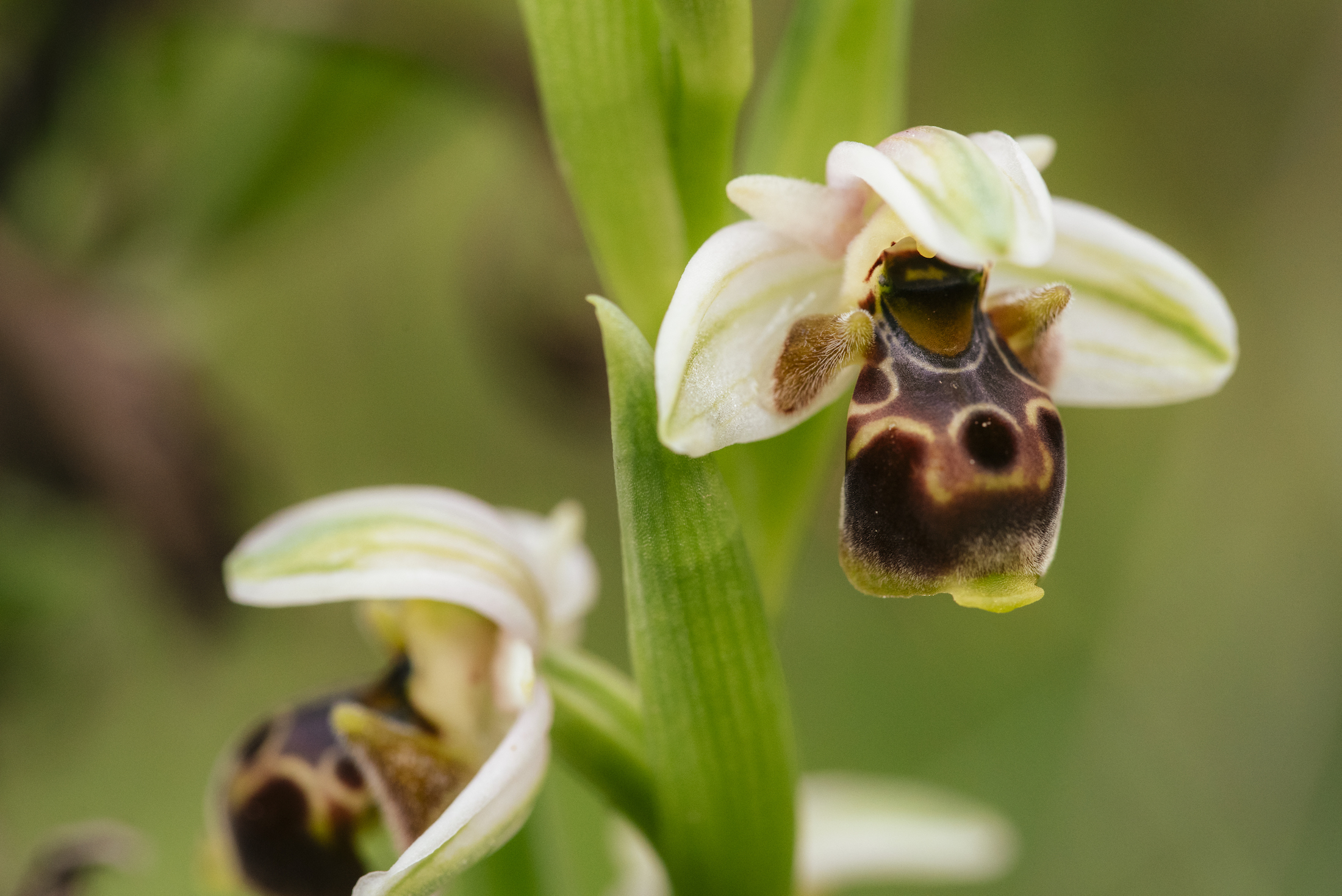
Ophrys umbilicata Photographer: Mahmut Koyaş
Conservation Efforts and UNESCO Recognition
Recognizing the urgency of preserving these unique landscapes, conservation efforts have been mobilized to promote sustainable land management practices. Local communities, often the custodians of traditional knowledge and practices, play a pivotal role in these efforts. Specialized artisanal techniques, passed down through generations, are crucial for maintaining the ecological integrity and cultural heritage of these landscapes.
In a landmark acknowledgment of their significance, UNESCO designated the methods sustaining these ancient olive landscapes as Intangible Cultural Heritage in 2023. This recognition underscores the inseparable link between biodiversity conservation and cultural preservation, highlighting the importance of holistic approaches to landscape management.
Doğa Derneği has established itself as a pivotal organization in the conservation and monitoring of critical landscapes within the Mediterranean Basin. Over the past decade, Doğa Derneği has implemented numerous conservation projects aimed at preserving biodiversity and mitigating threats to Ancient Olive Landscapes. These projects encompass a range of activities, including habitat restoration, species monitoring, community engagement, and policy advocacy. Through rigorous scientific research and collaborative efforts with local and international partners, Doğa Derneği has contributed significantly to the understanding and protection of this rare anthropogenic ecosystem. The organization’s work has been crucial to flag the rarity and richness of the Ancient Olive Landscapes in the Aegean region.
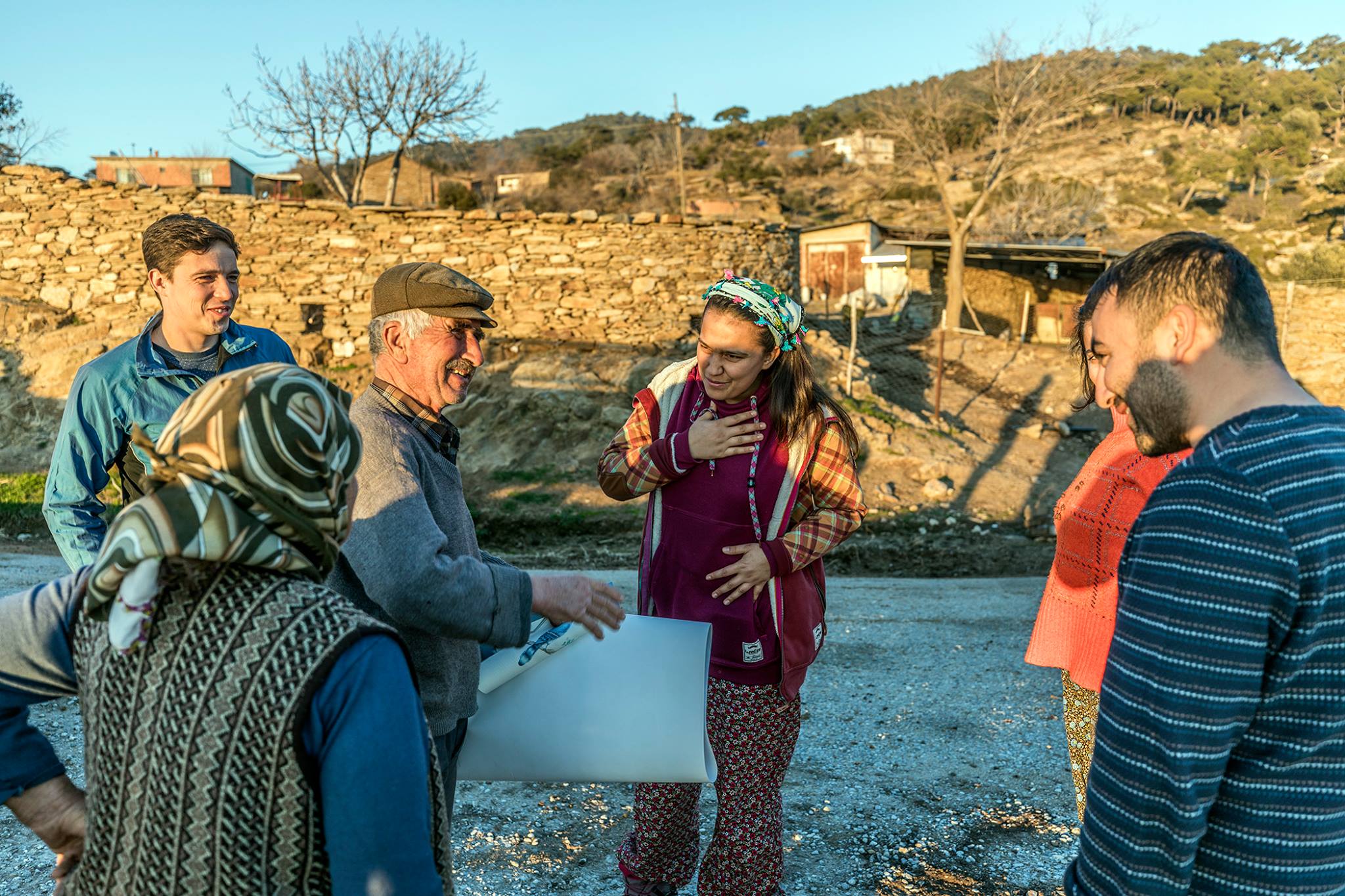
Doga works with producers to protect Ancient Olive Landscapes.
Future Directions
Looking forward, the conservation of ancient olive landscapes requires a multifaceted approach that integrates ecological restoration, sustainable agriculture, and community engagement. Supporting local initiatives that promote traditional land-use practices and enhance biodiversity is essential for safeguarding these landscapes for future generations.
In conclusion, Turkey’s Western Mediterranean region stands as a testament to the enduring relationship between humans and nature. By preserving and enhancing ancient olive landscapes, we not only protect biodiversity hotspots but also sustain cultural traditions that have shaped these landscapes for centuries. As stewards of this unique heritage, it is our collective responsibility to ensure that these landscapes continue to thrive as vibrant hubs of biodiversity and cultural significance.

